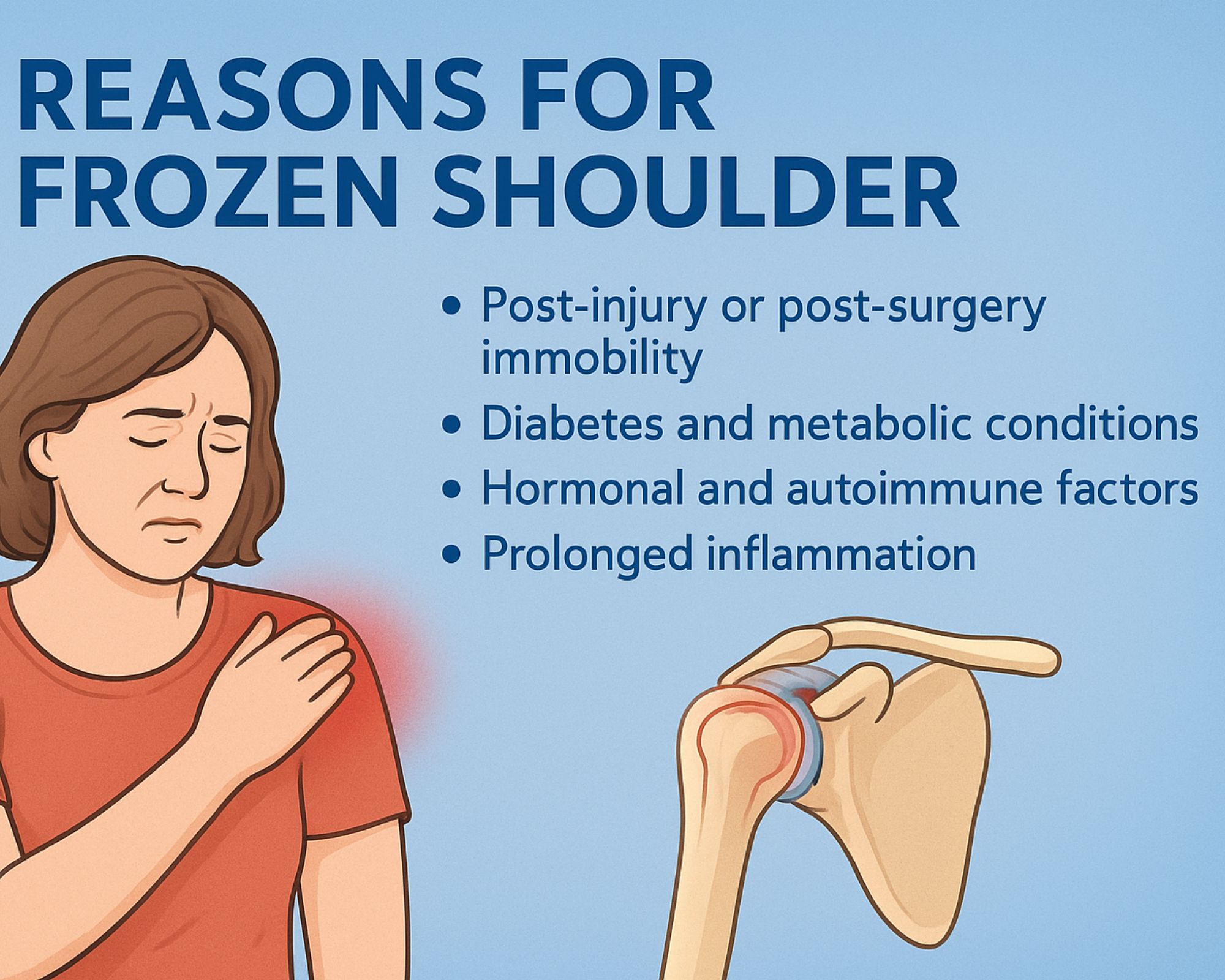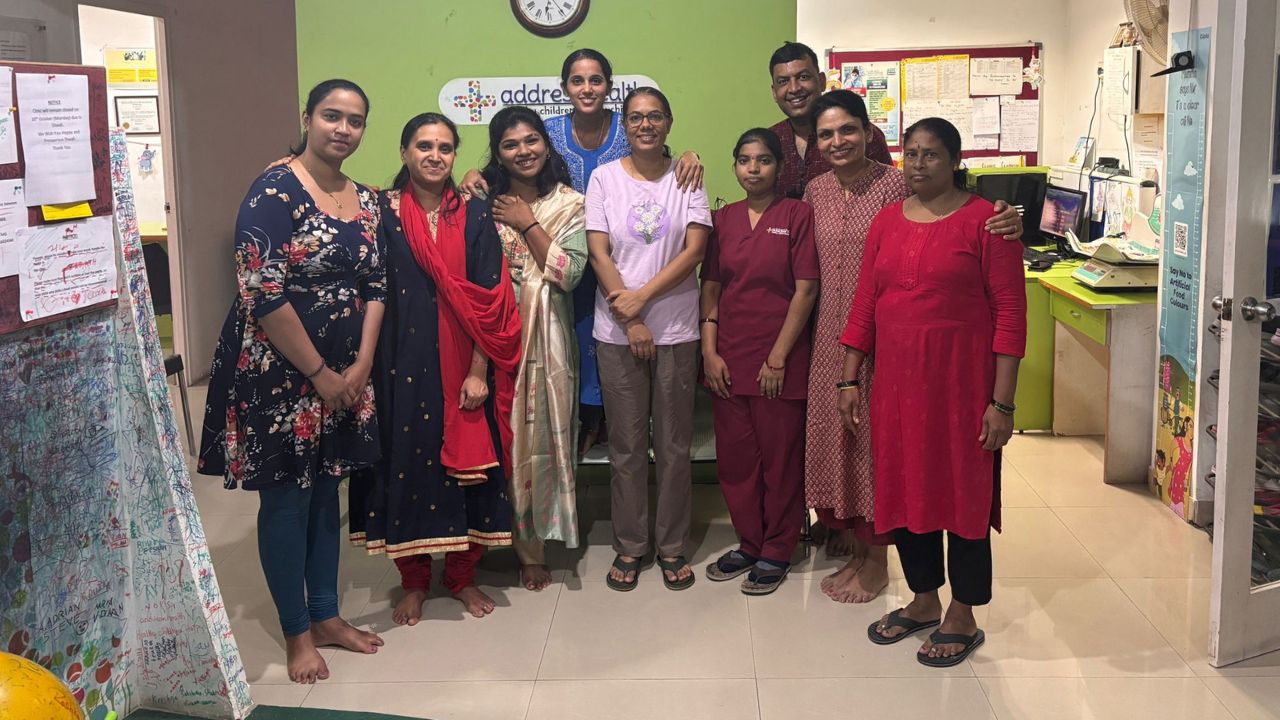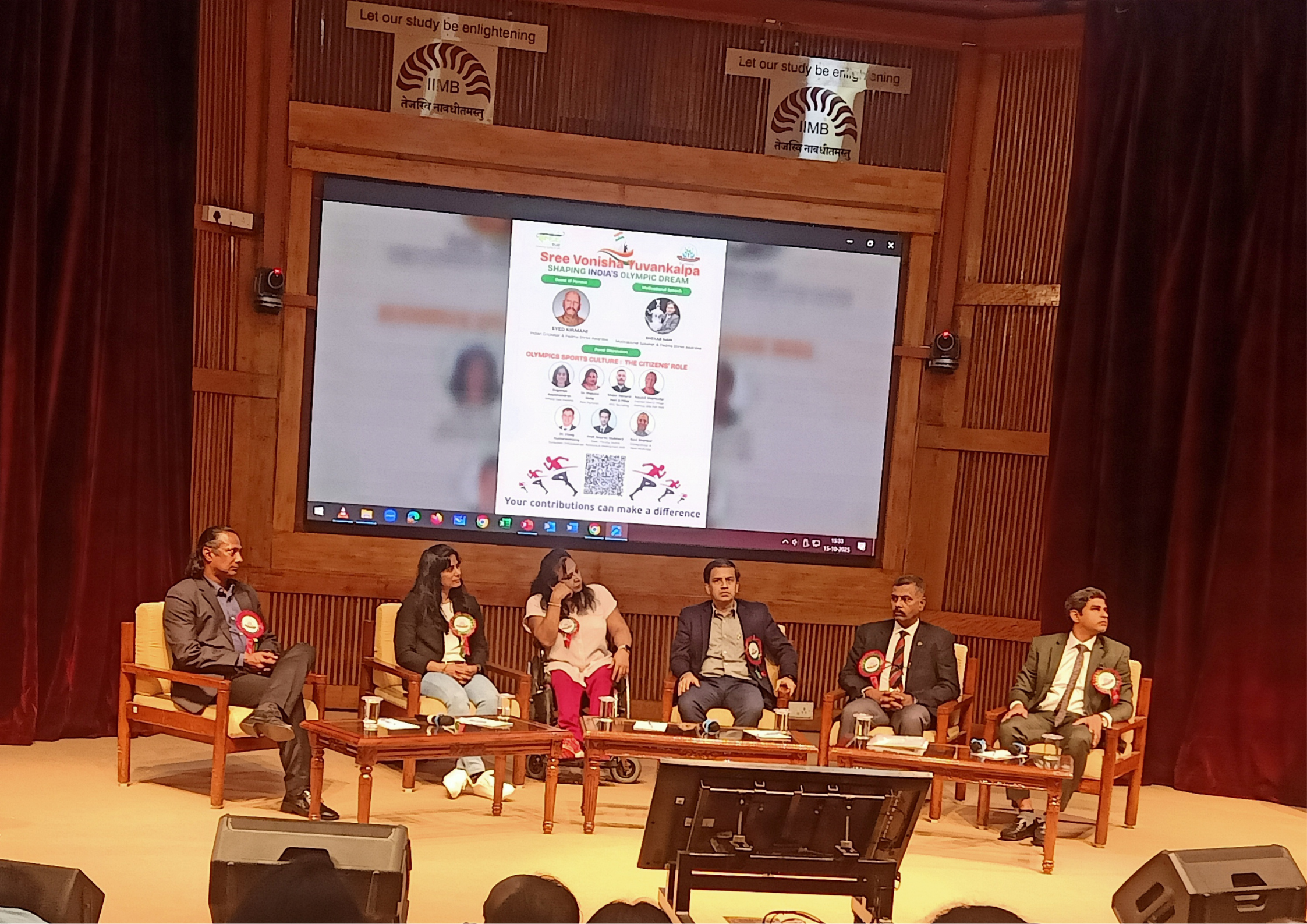Why East Asia Leads—and What Indian Parents Can Learn Today

Two Mornings, Two Worlds
It’s 7:30 a.m. in Osaka. Third-grader Yuto sits in a bright classroom, a soroban (Japanese abacus) already on his desk. The day begins with a 10-minute mental-math warm-up before regular lessons.
Meanwhile in Hyderabad, eight-year-old Sahana rushes to an after-school abacus class once a week—if traffic and homework allow.
Both children are curious and capable, yet by middle school Yuto will likely outperform global peers on major math benchmarks such as TIMSS and PISA.
What explains East Asia’s edge, and what can Indian parents learn right now?
1. A Culture of Daily Practice, Not Occasional Lessons
Japan’s Soroban Tradition
- Soroban is a regular part of elementary schooling.
- Short, daily drills of 10–15 minutes are built into the timetable, much like reading practice.
- According to Japan’s Ministry of Education, over 80% of public primary schools still include soroban instruction.
China and Taiwan
- China’s vast after-school training industry normalizes frequent, bite-sized practice sessions.
- Taiwan encourages “abacus and mental arithmetic” clubs where students meet several times a week.
Takeaway for Indian parents:
Abacus skills thrive on consistency over intensity. Five minutes of focused daily practice at home is more powerful than a single long class every Sunday.
2. Professional Teacher Training and National Standards
- Japan: Teachers undergo Soroban certification exams, ensuring uniform pedagogy across schools.
- Singapore: MOE (Ministry of Education) trains primary math teachers in visualization and mental-calculation methods.
Indian contrast:
Abacus is mostly handled by private franchises with widely varying instructor preparation. A 2023 informal survey of Indian franchise centers showed instructor training ranged from a few days to several months.
Parent action point:
When choosing a center, ask: “What formal certification and ongoing training do instructors have?” A well-trained mentor is non-negotiable.
3. Integration with Mainstream Curriculum
East Asian students don’t treat abacus as an “extra.” It blends seamlessly with core math.
- Soroban reinforces place value, decimals, and number sense, not just speed drills.
- Teachers routinely link bead movements to textbook concepts.
In India, abacus is often positioned as a “talent class,” disconnected from schoolwork.
Parent tip:
Encourage your child to apply mental abacus to everyday math—calculating change at the store or checking homework sums—so it complements formal math learning.
4. Early Start During Peak Brain Plasticity
Research shows ages 5–8 are ideal for developing mental-math pathways.
- A Chinese longitudinal study (Dong et al., 2016) found children who began before age 7 retained stronger working-memory gains three years later.
- Japanese children typically start soroban in Grade 1.
In India, many children join abacus classes at age 8 or later, missing this window.
Parent takeaway:
If your child is showing curiosity with numbers in kindergarten, it’s not “too early” to explore abacus basics.
5. A Growth Mindset Around Math
East Asian societies emphasize that math ability grows with practice.
- Public messaging, teacher feedback, and even cartoons highlight effort over innate talent.
- Failure is framed as “not yet,” not “not capable.”
Indian parallel:
Math anxiety and the “I’m not a numbers person” myth still persist. Parents can shift the narrative by praising persistence and strategies, not just correct answers.
6. Community and Competition for Motivation
- Japan’s All Japan Soroban Championship and China’s national mental-arithmetic contests draw thousands of participants.
- These events are festive, public celebrations of skill, motivating students to excel.
For Indian parents:
Look for centers that host friendly competitions or online global challenges. Participation—win or lose—builds confidence and excitement.
7. Technology Meets Tradition
East Asia is already blending ancient tools with modern tech:
- Japanese soroban classes use tablet timers and AI progress trackers.
- Chinese platforms offer adaptive practice apps with instant analytics.
Indian families can adopt the same hybrid model: combine the tactile wooden abacus with reputable practice apps for daily short sessions.
8. What Indian Parents Can Do Today
Here’s a practical action plan you can start immediately:
Short Term (Next Month)
- Explore local and online programs. Ask for trial classes.
- Set up a 5-minute home routine. Even counting beads or simple mental sums builds momentum.
Medium Term (6–12 Months)
- Choose a certified instructor with clear progression to mental abacus.
- Integrate daily life practice: grocery math, mental check of bills.
Long Term (1–3 Years)
- Encourage participation in state or national competitions.
- Support your child’s transition from bead manipulation to pure mental visualization.
9. What Parents Can Advocate for Collectively
While individual action matters, parents can also push for systemic change:
- School-level petitions to add introductory abacus or mental-math modules in Grades 1–3.
- Community workshops to train local teachers or share best practices.
- Public dialogue with education boards to adopt global benchmarks like Singapore’s focus on early numeracy.
10. A Closing Reflection
The abacus may be ancient, but East Asia proves it’s far from obsolete. The region’s success isn’t magic—it’s the result of early start, consistent practice, trained teachers, and a culture that celebrates mathematical effort.
Indian parents don’t need to wait for government mandates to act. Whether you begin with a simple wooden frame, an accredited center, or a hybrid app-and-beads approach, you can give your child the same cognitive head start.
Like Yuto in Osaka, your child can enjoy math as a daily adventure. All it takes is a few minutes of focused practice and a belief that, with steady effort, brilliance with numbers is within every child’s reach.
This article is based on publicly available education data, international assessments (TIMSS, PISA), and peer-reviewed research on mental abacus training. It is intended for informational purposes for parents exploring enrichment opportunities.




